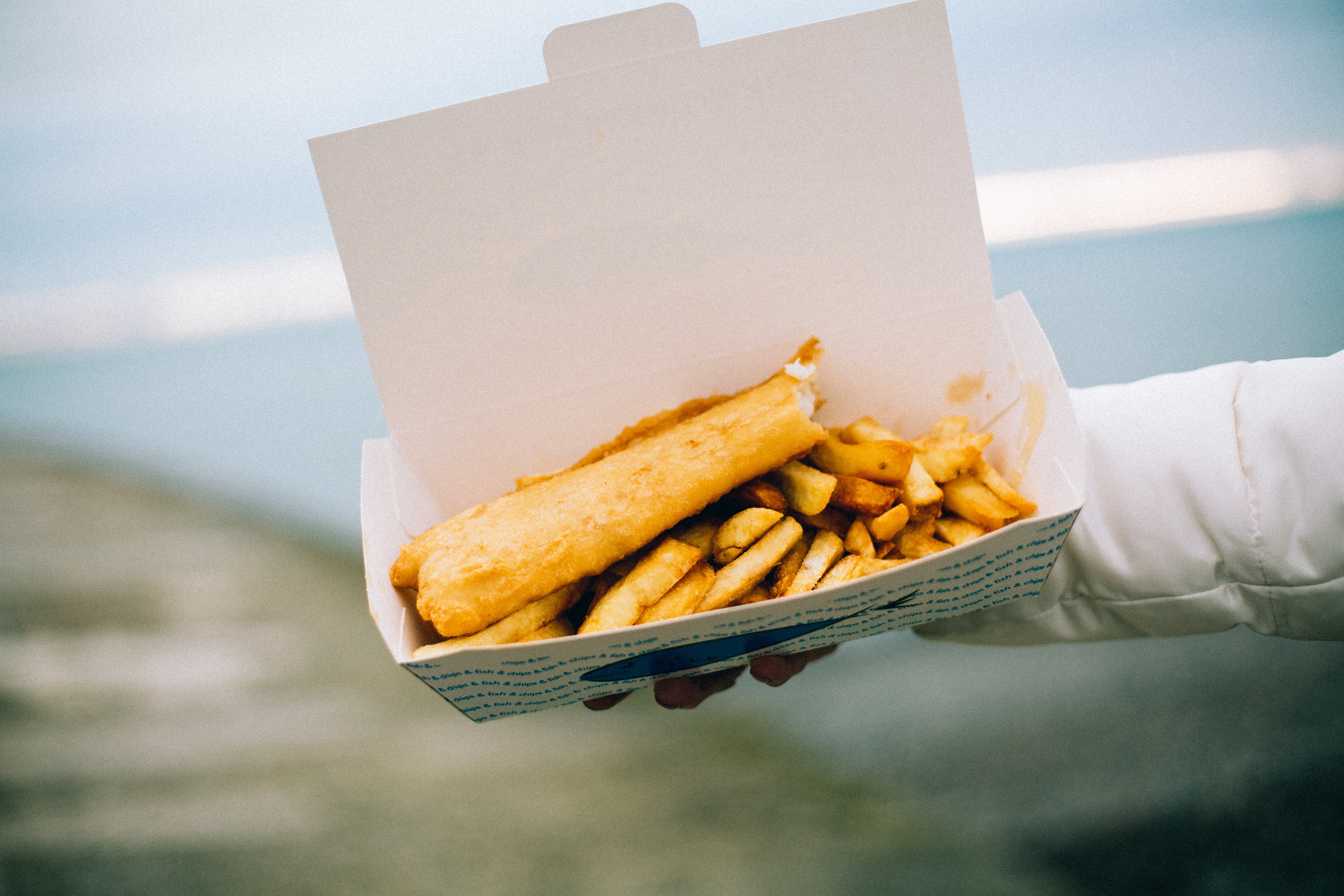The continued easing of lockdown raises questions around retail recovery, mainly 'how': how has the pandemic affected retail, and how can it recover?
In LDC’s new 'bouncing back' series, we assess the impact of Covid on different retail sectors and explore how they might recover. This week, we look at seaside towns. You can read our previous articles on transport hubs and the hospitality sector on the LDC blog.
A staple of the British summer, seaside towns have historically been associated with cheap and cheerful family breaks, complete with fairground rides, fish and chips and a dip in the sea. Year-round, they often benefit from a population of retired residents supporting local retail with the ‘grey pound’. However, seaside towns have been diversifying their offers in recent years; growing tech communities, independent shopping and arts events draw diverse crowds. Seaside towns are among the most popular destinations for domestic holidaymakers, but what does the future hold for them after over a year of COVID-19?
 Photo by Tom Wheatley on Unsplash.
Photo by Tom Wheatley on Unsplash.
Between June 2020 and June 2021, seaside towns saw a -1.8% net change in units, below the GB average of -2.7%. Periods of reopening more or less lined up with peak trading periods for these areas. While it may be inaccurate to say that seaside towns weren’t affected by the pandemic at all, businesses there are already accustomed to lower visitor numbers in the colder months, which is when restrictions were tightest. Brits forced to cancel or postpone holidays abroad would have sought the sun on home soil when they could, which would have further boosted trade in the summer.
In the ten seaside towns with the highest positive net change in units, cafés and tearooms saw the highest number of new openings of any subcategory, with 30 new sites. The leisure sector as a whole was relatively resilient over the pandemic, with a -1.5% net change in units compared to -5.4% for comparison retail. Even though indoor hospitality had to close for several months of the pandemic, seaside towns saw a boom in visitors during the summer, with warm weather and the Eat Out to Help Out scheme encouraging Brits back in August 2020. In fact, according to research by the Centre for Cities, Bournemouth and Southend experienced the largest increase in visitor numbers in the first few weeks of the scheme, compared to other GB towns, with footfall rising 20% on previous weeks.
Multiples that grew in seaside towns include KFC, which opened 3 new sites in the ten seaside towns in the year to June 2021. In all, 9 fast food takeaways opened across these towns during this period. Since the first lockdown, food brands have been investing in their delivery offer to better serve residential catchments and continue to perform amid restrictions on indoor dining and the rise of home working. Many brands have pivoted their location strategy to serve local residents unable to leave their areas, and seaside towns welcomed brands looking to cater to residents rather than tourists.
Another trend we saw in UK retail as a whole over the pandemic was towns with a higher proportion of ‘essential’ retailers remaining more resilient overall. A greater number of businesses such as convenience stores and banks was generally correlated with a drop in vacancy rate. At the time of the first lockdown, seaside towns only had a 12.7% proportion of retailers that would come to be deemed ‘essential’ during lockdowns, compared to the GB average of 31%. One Stop and the Post Office each opened two sites in seaside towns in the year to June 2021, another sign of adaptation: just as with the growth of fast food takeaways in these locations, the increase in convenience stores and services signifies a refocusing towards residents rather than tourists.

Photo by Daria Shevtsova from Pexels.
By September 2020, 4.7% of units in seaside towns were still temporarily closed, compared to the GB average of 3.6%. It may not have been viable for some businesses to open, especially as summer came to an end; as we saw with hospitality across the UK, it would have cost some operators more to keep their businesses open than it was worth, and the furlough scheme allowed owners to retain staff and protect them from financial hardship. The hospitality industry is still facing widespread staff shortages, compounded by Brexit, and premises having to close if staff members are told to self-isolate. This creates some obstacles for seaside towns managing an influx of visitors over the summer and may make it difficult for them to offer their usual service.
With restrictions now lifted, most retail locations could expect an almost complete return to normal operations and begin to recover as they meet pent-up consumer demand. Government schemes such as the Welcome Back Fund and Culture Recovery Fund have been well-utilised by seaside towns, helping businesses remodel locations for social distancing and improve facilities to attract visitors back.
What’s more, some remaining uncertainties could bode well for seaside towns. The uncertainty caused by both Brexit and changing rules for international travel may encourage greater investment locally. According to tourism group Visit Britain, a third of UK adults are planning a domestic break this summer, which is set to boost the economy with money that would have been spent abroad.
The impact of COVID-19 may not have been felt as profoundly in seaside towns as in other GB retail locations; restrictions were mostly lifted in time for their most popular trading months last year. Coupled with the fact that it is harder for viruses to survive in hot weather, the ‘great British summer’ many are predicting may very well be a reality.

 901
901
901
901

